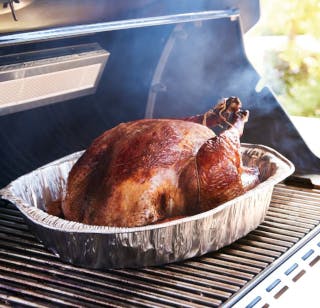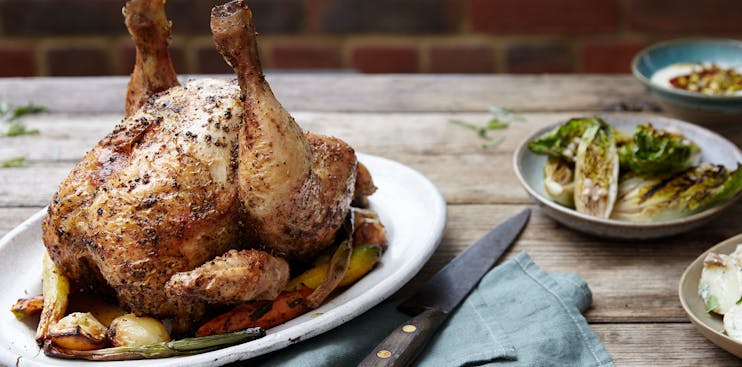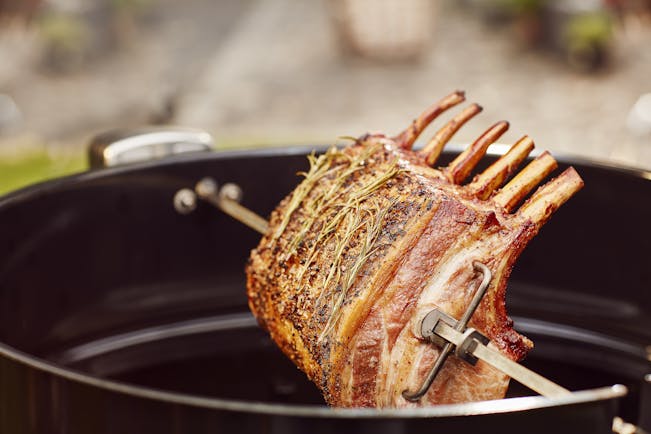Time to Brine:
Discover Exciting New Flavours and
a Whole New Barbecue Cooking Process!
While the sight of the turkey in brine is a common one during holiday meal prep, brining is a much more versatile cooking process than you might think. With the power to enhance flavours and maintain tenderness in meat, integrating brine into your barbeque cooking process is a good move at any time of the year.
Back to Basics: What is Brine?

Brining is a traditional cooking process through which you treat a meat with a preservative material like salt or brine mixtures (which can include seawater). You can either do this as a dry rub or dissolve the brining agent in a liquid so that your ingredients can soak in the brine for an extended period.
But what’s the benefit of brining? By adding a brine to your dish during the cooking process, you’re not only adding an extra step of seasoning that will enhance flavour, you are also tenderizing your dish. While it’s usually meat that is brined, the same logic applies to brining other ingredients like vegetables, too.
Why You Should Brine Chicken and More for the Grill!
You might think that a brined dish is going to taste a bit salty or even pickled. Rest assured that’s not the case! During the cooking process, excess salt and brine mix melts away so there is no overwhelming taste from the brine itself – in fact, natural flavours and any added herbs or spices remain the headliners of the dish.
While the brining process is pretty simple, it does help to have a few recipes on hand to make sure you stay on track and can make the most of those flavours. Here are some of our favourite brined dishes for your next barbeque:
- Brined Turkey: This one is for the organised at heart, because you’ll need to get this recipe started 24 hours in advance. Begin with making the brine, including sugar and salt as well as spices and herbs and pop the turkey in fully covered for 24 hours. If you prefer chicken, that is just as delicious. Once you have your fully brined turkey, remove it, pat it dry and pop it straight on the hot grill. Pro tip: keep a little herbed butter on hand to brush over the turkey as it grills for that extra flavour punch!
- Smoked Pork: Perfect for a charcoal BBQ, this recipe calls for a quick dry brine using just salt and pepper. While preparing the pork for the barbecue, rub salt, pepper and a little oil over the skin and let it rest. This salt will not only help create a crunchy outer layer but also tenderize the meat within.
- Whole Roast Chicken: We saved one of our favourites for last: this whole roasted chicken is a family favourite for good reason. Simply rinse and pat dry the chicken and create a dry brining rub of salt and pepper. Once the chicken is covered, set it off to the side while you prepare the veggie mix and let the brine work its magic! Once everything is ready, pop your chicken and veggies in the poultry roaster or on your rotisserie for a quick and easy dinner.
Favourite Brined Dishes for your next Barbeque
Ready, Set, Brine and Grill!
For meats like pork and chicken especially, brining is a simple process that can maximise flavour and let your ingredients shine. Will you opt for the dry rub or the liquid brine? Either way, this process is versatile enough that you can experiment with a variety of equipment and recipes and always enjoy the outcome when it hits the grill!



